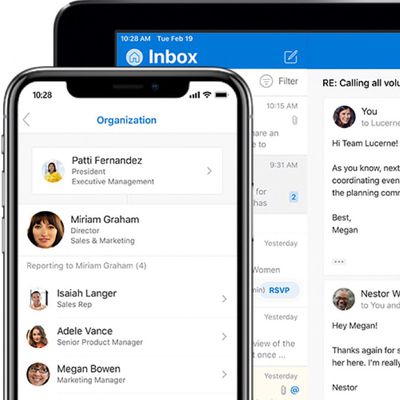

Many of these design changes also apply to Outlook 2016. Note 3: For more tips about dealing with the design changes made in Outlook 2013 see the guide: 36 Short questions and tips for Outlook 2013. Placing the icons vertical requires you to minimize the Folder Pane altogether via:
:max_bytes(150000):strip_icc()/004-how-to-access-gmail-with-outlook-for-mac-39ddbfe100674996bdf6785a4c3e1a44.jpg)
Note 2: Placing the icons in a (mixed) vertical position like it was possible in Outlook 2010 and previous is no longer possible in Outlook 2013 and Outlook 2016. Note 1: The amount of icons that you see depends on what you have configured for the “Maximum number of visible items” in the Navigation Options, but also on the width of the Folder Pane itself. The blue colored icon indicates which Navigation is currently active. The Navigation Bar will now collapse into the Folder Pane and will only show the icons: In the Navigation Options dialog, enable the option: Compact Navigation. To turn this word based navigation back into an icon based navigation, click on the 3 dots (…) at the right-end of the Navigation and choose Navigation Options… or use View-> Folder Pane-> Options to bring up the same dialog. The new word based navigation bar instead of a small icon based navigation. If you don’t like this, you can easily turn it back into the icon based navigation as it was in Outlook 2010 and previous. Is there any way to put it back there and gain back some of this wasted space?ĭepending on your screen’s resolution and whether or not you are using a touch screen, Outlook 2013 and Outlook 2016 could indeed by default show you a large navigation strip at the bottom as shown below. I liked this configuration better as this was a lot smaller and therefor allows for more space to display the message list and also gives me a larger Reading Pane area.

In previous versions of Outlook, they were listed as icons within the pane on the left which also displays all your folders. Once you restart presence data will now be displayed.In Outlook 2016, there is this huge gray bar at the bottom which lists (in a very big font) Mail, Calendar, People, Tasks, etc… to switch to their corresponding folder. You will need to restart Outlook and any other Office applications you have open. A green tick means that recipients are available to contact. It works for internal and external contacts who use Office 365. Close the Settings screen by clicking the X in the top right. In short, they indicate the presence status of the contact in Microsoft Teams (in the past Skype for Business) providing a quick way for you to see their availability for meetings. The settings on this page are saved automatically. Add a checkmark next to Register Teams as the chat app for Office (requires restarting Office applications). In the top-right click your profile picture (or initials) and click Settings from the menu.įrom the Settings screen click the General tab. To remedy the issue, launch Microsoft Teams. Configure Microsoft Teams to share presence with Outlook Note: Presence data will also be missing if your Microsoft Teams client is not running. Below is an example of what that will look like. If you have recently switched to Teams-Only mode and there is no presence circle at all, then you may need to reconfigure your Teams client to share presence data. This presence data can show up in other Office applications as well, such as Microsoft Word when co-authoring a document in real-time. This could also be yellow to show away, red to show busy and, other presences such as do-not-disturb, out of office, or, unknown. In the example above, I have a green checkmark which identifies my presence as available. That presence date will look like the screenshot below.
OUTLOOK FOR MAC CONTACTS WITH GREY CIRCLE HOW TO
Dont Miss: How to Block Contacts from Calling or Messaging You in. When viewing or composing an email in Outlook you can also see the presence of anyone internal in your organization and any external users you have federated presence data with. Due to limitations placed by Apple on iOS users, we cannot show your entire call history. Skype and Teams share their presence data with Outlook. If you have recently made the switch from Skype to Teams Only mode in Office 365, you may have lost your presence data in Outlook.


 0 kommentar(er)
0 kommentar(er)
